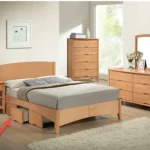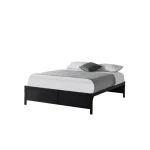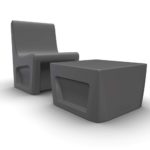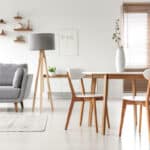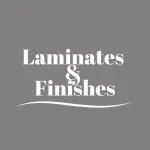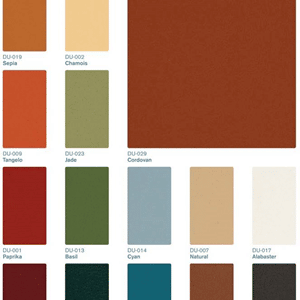Space-Saving Bed Solutions for Shelter Homes

In modern cities, where skyscrapers pierce the sky, lies a contrasting reality often overlooked: the plight of people experiencing Homelessness. The pressing issue of Homelessness is not just about having a roof over one’s head; it’s about providing safe, dignified, and comfortable living conditions. Among these necessities, one stands out in its fundamental importance: providing adequate beds in homeless shelters. Beds for people experiencing Homelessness are more than just a place to sleep; they are a haven, a symbol of hope and dignity in a world that can often seem uncaring. This article explores the indispensable role of beds for the homeless in shelters, highlighting their significance beyond mere sleeping arrangements.
Understanding the Need for Homeless Shelter Beds
Homelessness is a persistent challenge, with over half a million people in the US experiencing it nightly. Shelters provide a crucial haven, and beds are more than furniture – they represent a stable place for a night of rest, essential for physical and mental health. Quality sleep improves cognitive function, emotional well-being, and overall health, all vital for those seeking to escape homelessness. Beds also offer a semblance of normalcy for families and children, a space to recover and grow. In short, homeless shelter beds are critical to the journey toward stability and independence.
Recent data shows a troubling rise in homelessness, with some cities experiencing a 20% increase in 2024. This emphasizes the urgent need for more beds for homeless individuals. These beds are not just about sleep; they provide a foundation for physical and mental recovery, especially since 70% of homeless individuals report sleep problems.
The Challenge of Space in Shelter Homes
Space management is a significant hurdle in the quest to provide comfort and dignity through sheltering the homeless. Many shelters, especially in densely populated urban areas, need help accommodating increasing residents within limited space. This spatial constraint necessitates intelligent, creative solutions to use every available inch effectively. As the number of homeless individuals rises, with a 15% increase reported in major cities in 2024, shelters are often pushed to their limits.
Optimizing shelter space isn’t just about fitting more beds; it’s about ensuring each resident has a safe, private area that respects their dignity. Multi-functional furniture offers a practical solution, like bunk beds or convertible chairs. Additionally, strategic layout planning is vital – considering not just sleeping arrangements but also creating communal spaces that foster interaction and provide a sense of community. In urban areas, where nearly 70% of shelters report being consistently at or over capacity, the design and placement of beds become a strategic decision. Carefully considering space in shelters can profoundly impact the well-being of residents. It’s about balancing practicality with the humane treatment of individuals who rely on these facilities for refuge and comfort.
Space-Saving Bed Solutions for Shelter Homes
Selecting the proper beds is crucial for addressing the challenge of limited space in shelters. Space-saving bed solutions are designed to cater to this need, balancing comfort and durability without compromising space efficiency.
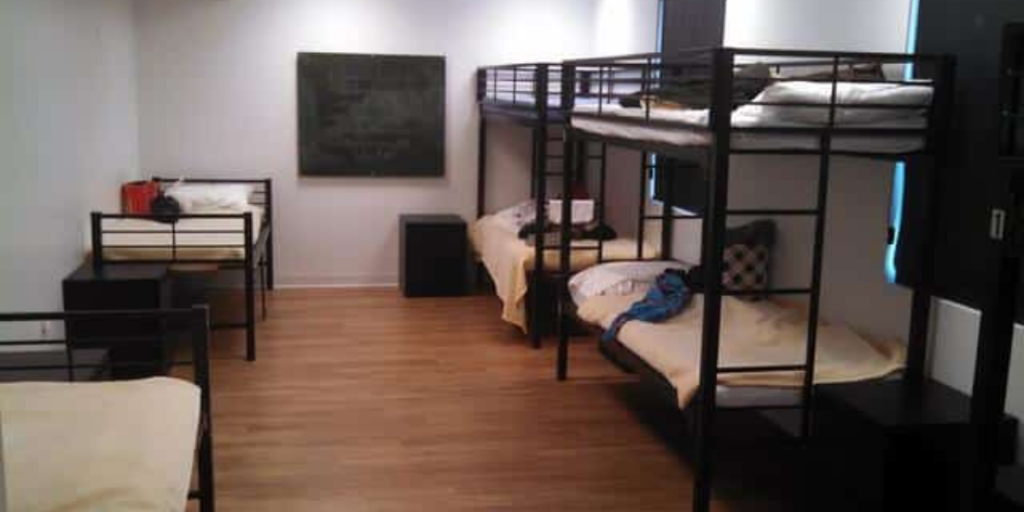
Heavy-Duty Metal Bunk Bed: These Heavy-Duty Metal Bunk Bed is the epitome of space maximization. Sturdy and designed for high usage, they are ideal for shelters accommodating many residents in confined spaces. The space-efficient design, featuring dimensions that optimize sleeping areas while minimizing floor usage, makes them perfect for crowded urban shelters.
Features:
- Sturdy metal construction for high durability
- Safety railings on the upper bunk
- Easy-to-climb ladders
Dimensions:
- Length: 80 inches
- Width: 41 inches (per bunk)
- Height: 61 inches
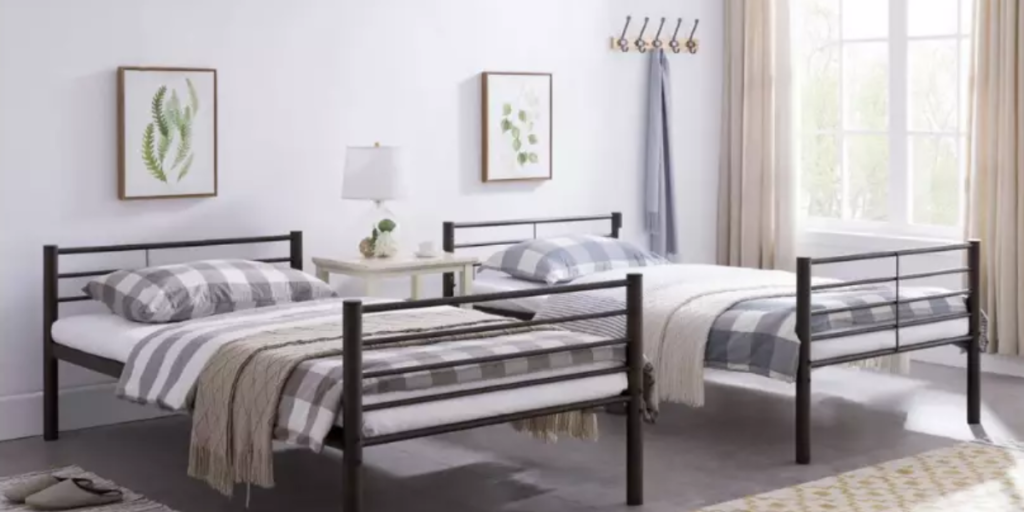
Metal Convertible Bunk Bed: The Metal Convertible Bunk Bed provides versatility in usage. It can convert from twin beds to a bunk bed, allowing shelters to adapt sleeping arrangements according to their current needs. The dimensions of the bed ensure that while offering robust support and comfort, it does not consume unnecessary space.
Features:
- Convertible design from twin beds to bunk bed
- Sturdy metal frame for longevity
- Integrated ladder and safety rails
Dimensions:
- Length: 78 inches
- Width: 41 inches (per bunk)
- Height: 65 inches (as bunk bed)
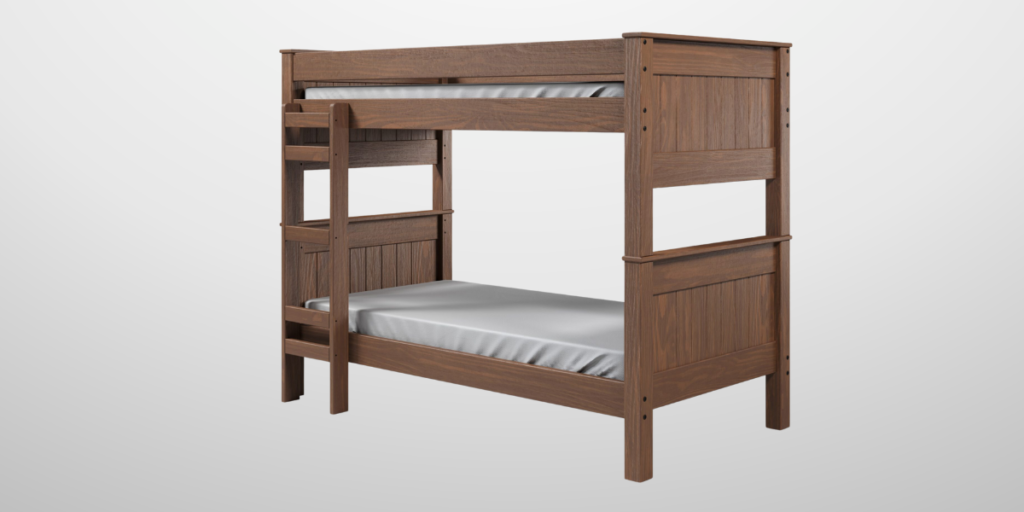
18X Panel End Bunk Bed: The 18X Panel End Bunk Bed combines aesthetics with functionality. Its panel-end design adds stability and durability, while its compact footprint makes it suitable for shelters with limited space. These beds are designed to offer maximum comfort within a constrained area.
Features:
- Panel-end design for added stability
- Durable wood construction
- Space-efficient footprint
Dimensions:
- Length: 80 inches
- Width: 42 inches (per bunk)
- Height: 68 inches
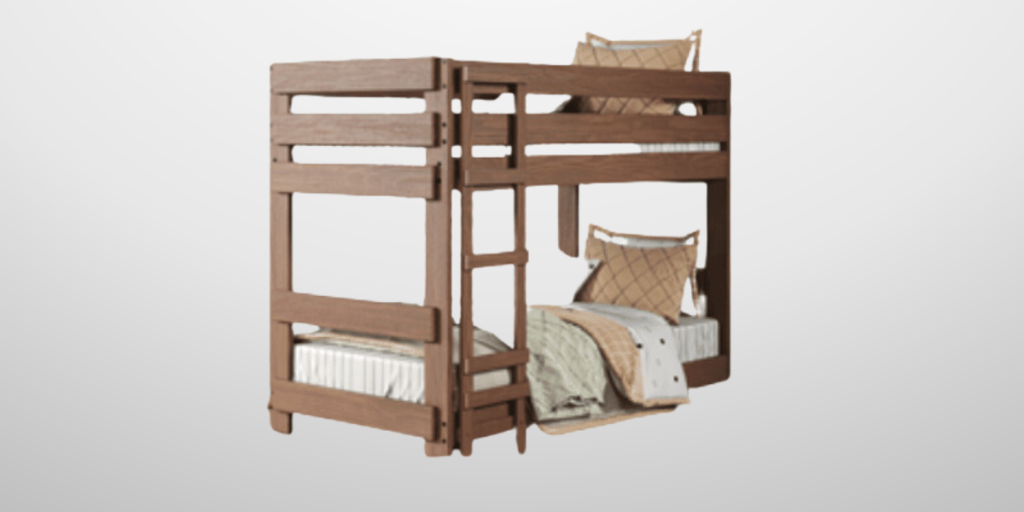
Rustic Bunk Bed: Specifically designed for durability and rugged use, the Rustic Bunk Bed is ideal for shelters in rural settings or those seeking a more natural aesthetic. Its robust construction ensures longevity, and its space-saving design suits various shelter environments.
Features:
- Rustic design suitable for various settings
- Robust construction for long-term use
- Efficient use of vertical space
Dimensions:
- Length: 80 inches
- Width: 43 inches (per bunk)
- Height: 72 inches
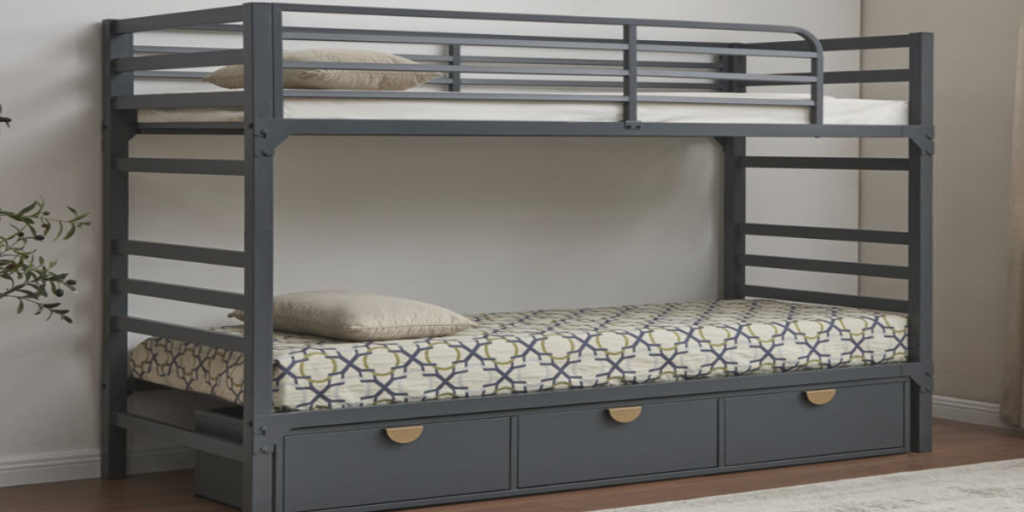
Astoria Bunk Bed: The Astoria Bunk Bed elegantly combines style with functionality, making it a perfect fit for shelters seeking a touch of sophistication. Crafted with a strong metal frame, it promises durability and safety. The bed features an integrated ladder for easy access to the top bunk, while full-length guardrails ensure the safety of residents.
Features:
- Elegant design with strong metal construction
- Integrated ladder for easy access to the upper bunk
- Full-length guardrails for enhanced safety
- Ideal for shelters looking for a combination of style and functionality
Dimensions:
- Length: 79 inches
- Width: 42 inches (per bunk)
- Height: 65 inches
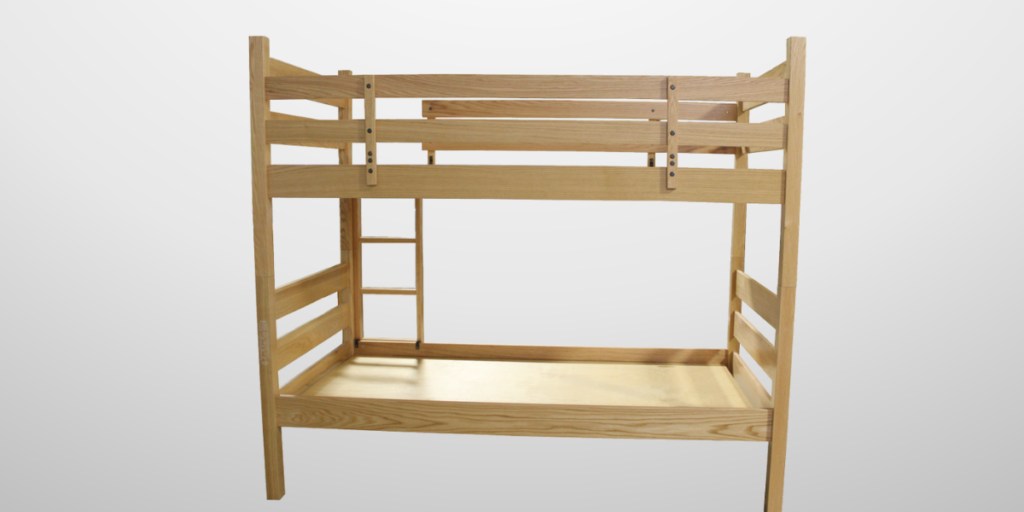
Tough Stuff Bunk Bed: The Tough Stuff Bunk Bed is synonymous with strength and longevity. Its robust construction is designed to withstand the rigors of shelter use, making it a practical choice for high-traffic environments. This bunk bed stands out for its simplicity and ease of assembly, requiring minimal tools.
Features:
- Extremely durable construction, built to last
- Simple, clean design suitable for any shelter environment
- Easy to assemble with minimal tools
- Lifetime warranty, ensuring long-term reliability and cost-effectiveness
Dimensions:
- Length: 80 inches
- Width: 41 inches (per bunk)
- Height: 61 inches
Each of these beds has been designed to meet the unique needs of shelter homes, ensuring that functionality, comfort, and space efficiency are at the forefront. By incorporating these space-saving bed solutions, shelters can significantly enhance their ability to provide for the homeless while effectively managing limited space.
Budget Considerations for Shelter Homes
Budget constraints are a significant factor when managing homeless shelters, especially when it comes to furnishing and equipping these facilities with necessary amenities like beds. Shelter operators must balance cost-effectiveness and the quality of the beds they provide.
Cost vs. Durability: Long-term savings may outweigh the more significant initial expense of investing in sturdy, high-quality beds. Durable beds require less frequent replacement and maintenance, reducing overall costs. According to a study, shelters that opted for high-quality beds experienced a 30% reduction in replacement costs over a three-year period compared to shelters using lower-quality options.
Seeking Grants and Donations: Many shelters fund their operations using grants, donations, and community support. Actively seeking financial support and presenting a clear plan for how funds will be used can aid in acquiring high-quality beds despite budget constraints. Industry reports suggest that donations towards furniture and supplies constitute roughly 15% of total shelter funding, highlighting the importance of crafting compelling donation requests.
Bulk Purchases and Discounts: Purchasing beds in bulk often results in discounts. Shelters can collaborate or form networks to pool resources and purchase beds collectively, which can lead to substantial savings. A survey for the Homeless found that shelters collaborating for bulk purchases achieved an average price reduction of 10%.
Evaluating Total Cost of Ownership: When choosing beds, it’s crucial to consider ownership costs and purchase price. This includes factors like longevity, maintenance requirements, and the potential need for replacements.
Budget considerations are a complex part of managing shelter homes, requiring careful planning and strategic decision-making. By considering these aspects, shelters can make informed choices to provide safe, comfortable beds for their residents without overstretching their financial resources.
Accessibility and Ease of Maintenance in Shelter Beds
A critical aspect of selecting shelter beds is ensuring accessibility and ease of maintenance. These factors are vital for the smooth operation of shelters and the comfort of their residents.
Designing for Diverse Needs: Accessibility involves accommodating the varied needs of shelter residents, including seniors and individuals with disabilities. Beds with adjustable heights or those that are easily accessible ensure that everyone, regardless of their physical abilities, can use them comfortably. 80% of shelters report having residents with disabilities. The prevalence of mobility limitations among the homeless population is estimated to be around 40%.
Material Selection for Easy Cleaning: In a shelter environment, cleanliness is paramount. Beds made from materials that are easy to clean and resistant to pests and damage are ideal. Non-porous materials for bed frames and washable, durable fabrics for mattresses and linens help maintain hygiene and extend the life of the beds. 72% of shelter staff cite difficulty cleaning beds as a major hygiene challenge. Up to 50% of shelter bed replacements are due to issues like bed bug infestations or the inability to properly clean soiled mattresses. Easy-to-clean, pest-resistant materials like non-porous bed frames and washable fabrics are essential for hygiene and infection control.
Streamlined Maintenance Procedures: Beds should be designed for easy assembly, disassembly, and repair, simplifying maintenance tasks. Modular components or beds with interchangeable parts can significantly reduce downtime and the need for specialized repair services. A survey found that 72% of shelters struggle to fill open positions due to budget constraints.
Incorporating User-Friendly Features: Features like removable covers on mattresses or beds with built-in storage can enhance usability and help keep personal spaces organized and clean. These considerations not only make maintenance more accessible but also improve the living experience for residents. 68% of shelter residents express a desire for more personal space and storage options within their beds.
By prioritizing accessibility and ease of maintenance in bed selection, shelters can provide a more inclusive and sanitary environment. These considerations are essential in creating a safe, welcoming, and efficient space for those in need.
Tailoring Furniture Solutions for Shelter Homes
At Furniture Concepts, we recognize the critical role of suitable beds and furniture in homeless shelters. With our extensive experience as a furniture wholesaler, we’re committed to providing high-quality, durable, and comfortable furniture solutions tailored for these unique environments. Our approach is driven by the understanding that each shelter has distinct needs. Therefore, we offer a range of customizable options – from sturdy bunk beds designed for space efficiency to single beds with therapeutic features for enhanced comfort. We take pride in our ability to meet the diverse demands of homeless shelters, ensuring every piece of furniture we supply contributes positively to the lives of residents.
Partnering with shelters, we go beyond just supplying furniture. Our team is dedicated to understanding each facility’s specific challenges and requirements, offering expert guidance on selecting the right pieces and ensuring optimal use of space. We are passionate about being part of a solution beyond the immediate need for beds. Providing high-quality, durable, and comforting furniture, we help create environments that foster dignity, safety, and a path toward stability for those in need.
Conclusion
In conclusion, equipping shelters with suitable beds transcends offering a comfortable night’s sleep. It signifies a cornerstone of rebuilding dignity and fostering hope for those experiencing homelessness. Quality sleep underpins physical and mental well-being, both crucial for navigating the path towards stability. Shelters empower residents to take the following steps by prioritizing proper sleep through quality beds. This fosters a ripple effect, strengthening communities by promoting inclusivity and demonstrating a collective sense of humanity. As we move forward, remember that even something as fundamental as a bed can be a powerful tool in supporting individuals experiencing homelessness on their journey toward a brighter future. For personalized furniture solutions that uplift lives, contact us at Furniture Concepts. We are here to assist you in creating a space that brings comfort and hope to those who need it most.



